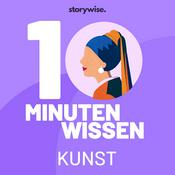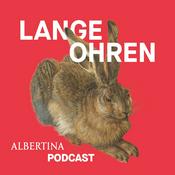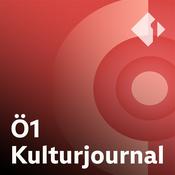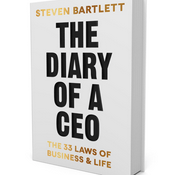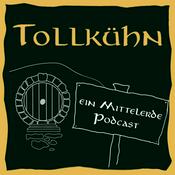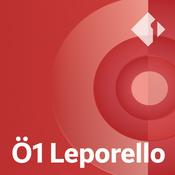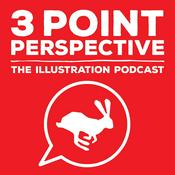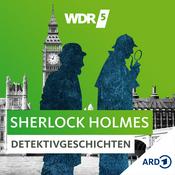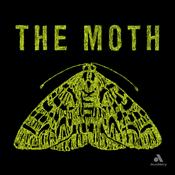2595 Episoden

The Awakening of Europe, by M. B. Synge. Part V.
08.1.2026 | 1 Std. 6 Min.
The Awakening of Europe by M. B. Synge is the third book in the series, Story of the World. Included in this history is a myriad of interesting men, women and events that shaped Europe during the years 1520-1745.Advertising Inquiries: https://redcircle.com/brandsPrivacy & Opt-Out: https://redcircle.com/privacy

The Awakening of Europe, by M. B. Synge. Part IV.
08.1.2026 | 1 Std. 7 Min.
The Awakening of Europe by M. B. Synge is the third book in the series, Story of the World. Included in this history is a myriad of interesting men, women and events that shaped Europe during the years 1520-1745.Advertising Inquiries: https://redcircle.com/brandsPrivacy & Opt-Out: https://redcircle.com/privacy

The Awakening of Europe, by M. B. Synge. Part III.
08.1.2026 | 1 Std. 15 Min.
The Awakening of Europe by M. B. Synge is the third book in the series, Story of the World. Included in this history is a myriad of interesting men, women and events that shaped Europe during the years 1520-1745.Advertising Inquiries: https://redcircle.com/brandsPrivacy & Opt-Out: https://redcircle.com/privacy

The Awakening of Europe, by M. B. Synge. Part II.
08.1.2026 | 1 Std. 14 Min.
The Awakening of Europe by M. B. Synge is the third book in the series, Story of the World. Included in this history is a myriad of interesting men, women and events that shaped Europe during the years 1520-1745.Advertising Inquiries: https://redcircle.com/brandsPrivacy & Opt-Out: https://redcircle.com/privacy

The Awakening of Europe, by M. B. Synge. Part I.
08.1.2026 | 1 Std. 17 Min.
The Awakening of Europe by M. B. Synge is the third book in the series, Story of the World. Included in this history is a myriad of interesting men, women and events that shaped Europe during the years 1520-1745.Advertising Inquiries: https://redcircle.com/brandsPrivacy & Opt-Out: https://redcircle.com/privacy
Weitere Kunst Podcasts
Trending Kunst Podcasts
Über Great Audiobooks
Höre Great Audiobooks, life is felicious und viele andere Podcasts aus aller Welt mit der radio.at-App

Hol dir die kostenlose radio.at App
- Sender und Podcasts favorisieren
- Streamen via Wifi oder Bluetooth
- Unterstützt Carplay & Android Auto
- viele weitere App Funktionen
Hol dir die kostenlose radio.at App
- Sender und Podcasts favorisieren
- Streamen via Wifi oder Bluetooth
- Unterstützt Carplay & Android Auto
- viele weitere App Funktionen


Great Audiobooks
App laden,
loshören.




